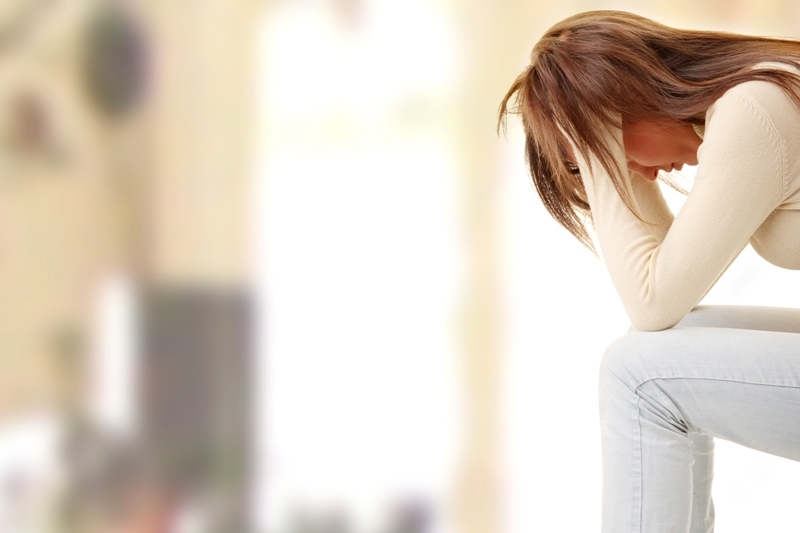Soothing SAD Symptoms
27th Sep 2019
Seasonal Affective Disorder (SAD)
is a type of depression that's related to season changes, especially when winter looms up, which is why it is often called the 'winter blues'. SAD can also kick in when there are grey skies, lack of sunlight, cold weather, it's dark indoors during the day, and even when you are expecting a warm, sunny summer and end up with a cold, grey, rainy one instead.
SAD symptoms can be low energy, moodiness, deep sadness, fatigue, difficulty concentrating, and hopelessness and helplessness which are both key signs of depression. Why is this?
When there's little light during daylight hours, our circadian rhythms (our biological clock) get disrupted. When it becomes dark in the evenings, our body produces the hormone melatonin, which helps us to feel sleepy and keep asleep during the night. When daylight begins, melatonin production ceases and the body starts producing serotonin to waken us, perk us up, and give us some natural highs. With dark days, melatonin production continues for longer periods, and serotonin production weakens. Our sleep, mood, cognitive performance and more can all be affected negatively.
Exposure to sunlight is a major factor in helping people to fight off SAD. But what to do if there just isn't any sun around?
We can create our own natural light, and there are also many ways to help alleviate SAD symptoms and uplift the spirits. So come along and let me help you create your SAD toolbox with some ideas, and do add to the list if you find something else that makes you feel good. Keep your list nearby, as a reminder that you really can feel better when those gloomy periods weigh you down.
Light Box
This is 'light therapy', using a box of fluorescent light that mimics natural outdoor light. It needs between 2,500 to 10,000 lux. The lower intensity gives a light similar to a slightly overcast day, and the higher intensity a bright, sunny day. You can place the box on a surface near to where you are reading, working or watching the television, for 15-30 minutes at a time. Used first thing in the morning, it gives you lovely natural light for a positive, feel-good start to your day. Light boxes do not cost a lot of money. Do research them and learn all about them before you make a decision.
Bach Flower Remedies
These soothe any negative emotions that upset the body's balance. Try one or two of these, taken as 2-4 drops underneath the tongue four times a day:
Gentian - for pessimism when you know the reason for your sadness.
Sweet Chestnut - for feelings of despair and hopelessness.
Mustard - for sadness or gloom, like a dark cloud has descended on you.
Wild Rose - for anxiety, depression, lethargy, no interest in anything
Cosy Clothes
Wear bright colours. And wear suitable clothes. You can't fight dark, dingy weather, but you can cosy up to it. Have nearby some colourful blankets and fluffy socks.
Get outside
Breathe fresh air, take walks, take a picnic with you.
Walk in nature
The energy that comes from grass, trees and plants uplifts the mood. Have you heard about hugging a tree? Tree energy is uplifting. Do try it.
Exercise regularly
You may not feel like exercising if you feel gloomy. Just try, because exercising boosts your endorphins, which are your feel-good hormones. Exercising doesn't have to be super-energetic. Try gentle hatha yoga.
Walk after a shower of rain
You will absorb negative air ions. These are wonderful invisible air molecules that we inhale, and when they reach our bloodstream, boost our feel-good hormone serotonin. Great for reducing stress, boosting energy and giving a wonderful sense of well-being.
Food and Supplements
Foods that are rich in Vitamin D, Vitamin B and Omega-3, amongst all the varied benefits that they offer, help to ease symptoms of anxiety and depression, and uplift the spirits. There are many foods that contain them.
Feet up with a nice cup of tea and a good book.
Nothing better!
These are just a few ideas. Give them a go and see the gloom disappear.
Copyright © 2019 Brenda Martin





